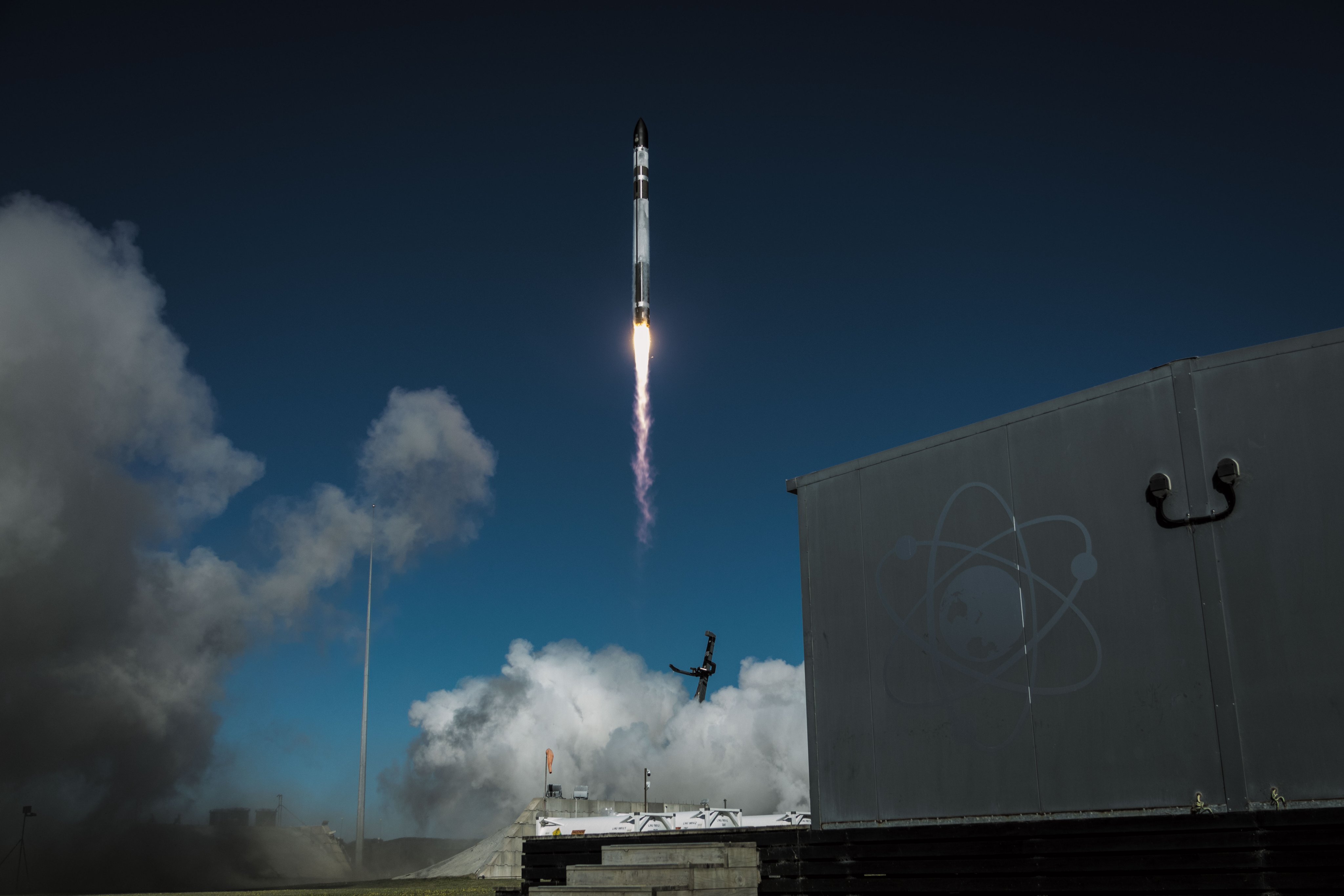Fireball Sightings on the Rise
November 3, 2005: "I thought some wise guy was shining aspotlight at me," says Josh Bowers of New Germany, Pennsylvania."Then I realized what it was: a fireball in the southern sky. I was doingsome backyard astronomy around 9 p.m. on Halloween (Oct. 31, 2005), and thismeteor was so bright it made me lose my night vision."
Bowers wasn'tthe only one who saw the fireball. Lots of people were outdoors Trick orTreating. They saw what Bowers saw ... and more. Before the night was over,reports of meteors "brighter than a full moon" were streaming in fromcoast to coast.
Astronomershave taken to calling these the "Halloween fireballs." But there'smore to it than Halloween. The display has been going on for days.
On Oct. 30th,for example, Bill Plaskon of Jonesport,Maine, was "observing Mars through a 10-inch telescope at 10:04 p.m. ESTwhen a brilliant fireball lit up the sky and left a short corkscrew-like smoketrail that lasted about 1 minute."
On Oct 28th,Lance Taylor of Edmonton, Alberta, woke up early to go fishing with fivefriends. At about 6 a.m. they "noticed a nice fireball. Then 20 minuteslater there was another," he says
On Nov. 2nd inthe Netherlands, "The sky lit up very bright," reports Koen Miskotte. "In thecorner of my eye I saw a fireball about as bright [as a crescent moon]."
And so on....
Breaking space news, the latest updates on rocket launches, skywatching events and more!
What'shappening? "People are probably seeing the Tauridmeteor shower," says meteor expert David Asher of the ArmaghObservatory in Northern Ireland.
Every year inlate October and early November, he explains, Earth passes through a river ofspace dust associated with CometEncke. Tiny grains hit our atmosphere at 65,000mph. At that speed, even a tiny smidgen of dust makes a vivid streak oflight--a meteor--when it disintegrates. Because these meteors shoot out of theconstellation Taurus, they're called Taurids.
Most years theshower is weak, producing no more than five rather dim meteors every hour. Butoccasionally, the Taurids put on quite a show.Fireballs streak across the sky, ruining night vision and interrupting fishingtrips.
Asher thinks2005 could be such a year.
According toAsher, the fireballs come from a swarm of particles bigger than the usual dustgrains. "They're about the size of pebbles or small stones," he says.(It may seem unbelievable that a pebble can produce a fireball as bright as theMoon, but remember, these things hit the atmosphere atvery high speed.) The rocky swarm moves within the greater Tauriddust stream, sometimes hitting Earth, sometimes not.
"In theearly 1990s, when Victor Clube was supervising my PhDwork on Taurids," recalls Asher, "we cameup with this model of a swarm within the Tauridstream to explain enhanced numbers of bright Tauridmeteors being observed in particular years." They listed "swarmyears" in a 1993 paper in the QuarterlyJournal of the Royal Astronomical Society and predicted anencounter in 2005.
It seems to behappening.
When should youlook? You might see a fireball flitting across the sky any time Taurus is abovethe horizon. At this time of year, the Bull rises in the east at sunset. Theodds of seeing a bright meteor improve as the constellation climbs higher. Bymidnight, Taurus is nearly overhead, so that is a particularly good time.
According tothe International Meteor Organization, the Tauridshower peaks between Nov. 5th and Nov. 12th. "Earth takes aweek or two to traverse the swarm," notes Asher. "This comparativelylong duration means you don't get spectacular outbursts like a Leonid meteorstorm." It's more of a slow drizzle--"maybe one every fewhours," says Asher.
A drizzle of fireballs, however, is nothing to sneezeat. So keep an eye on the sky this month for Taurids.
- Comets, Meteors & Myth: New Evidence for Toppled Civilizations and Biblical Tales
- Meteor Shower Photography: How to Take the Best Pictures
- Top 10 Perseid Meteor Shower Facts
Tony Phillips is a professional astronomer and science writer who received a PhD from Cornell University in 1992. He is best known for his authorship of Spaceweather.com. In his career, he has worked as a radio astronomer at Caltech and published more than 100 articles in research journals such as Nature, the Astrophysical Journal, and the Journal of Geophysical Research. Among his astronomical interests are planetary and neutron star magnetospheres, radio storms on Jupiter and cosmic rays.
